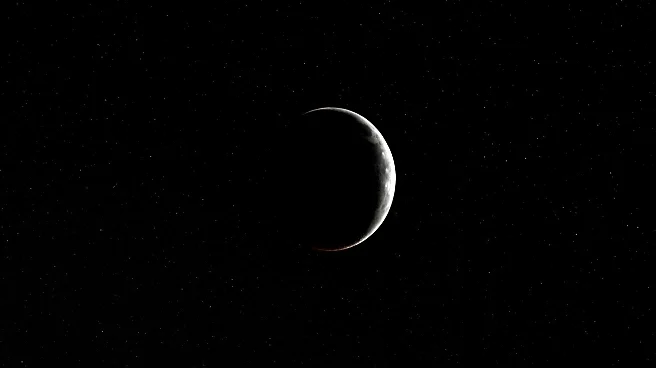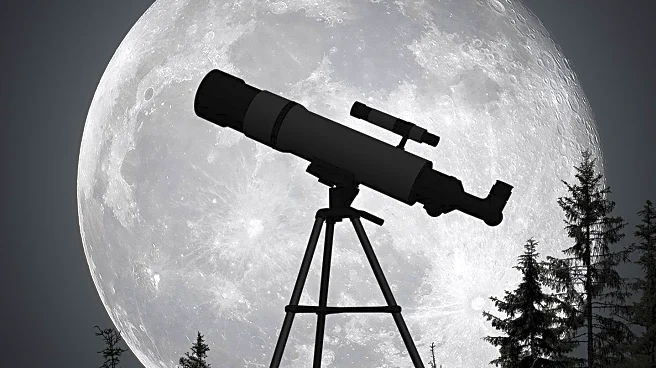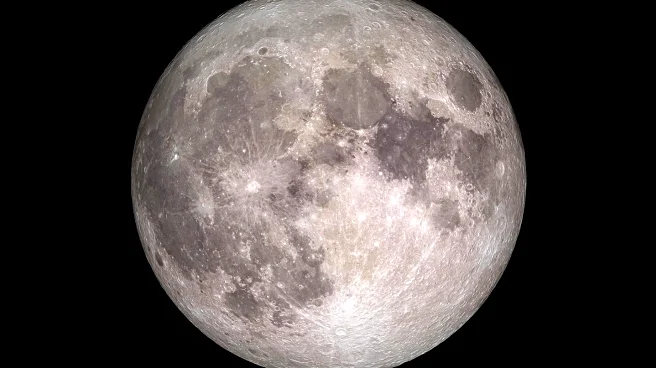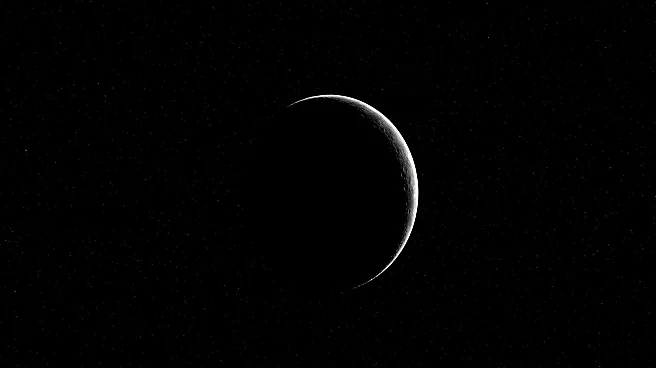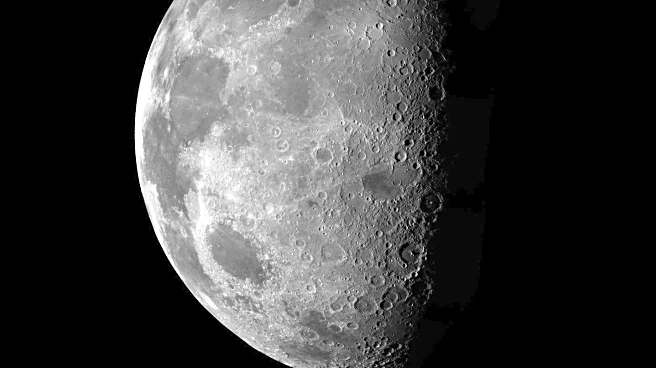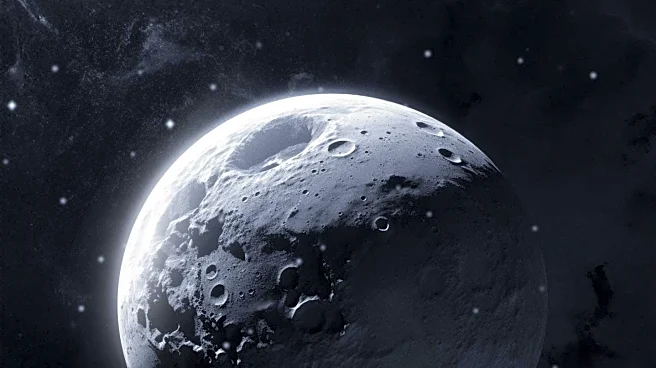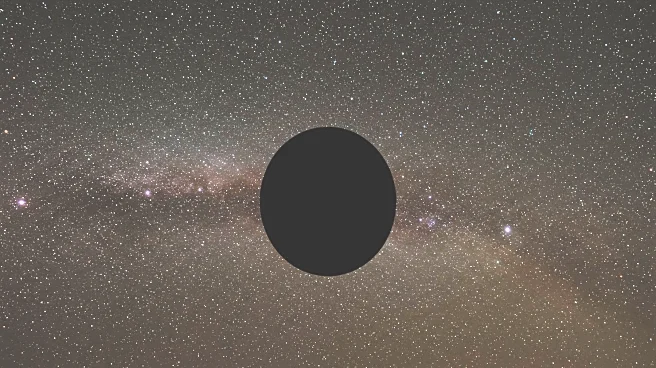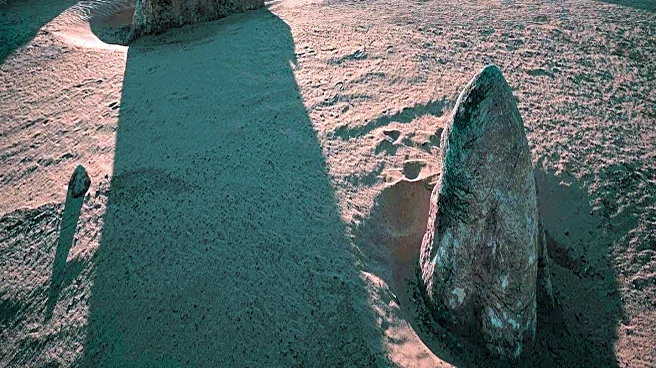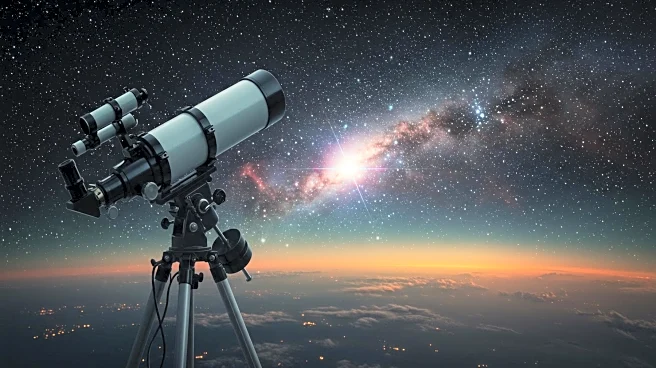What's Happening?
The night of August 22 into August 23 will feature a rare astronomical event known as a 'black moon.' This occurs when there are four new moons in an astronomical season, with the third being designated as a black moon. The event is not visible from Earth as the moon's illuminated side faces away, making it invisible against the bright sky. The black moon is a result of the lunar calendar not aligning with Earth's calendar, leading to unusual timings of new moon phases.
Why It's Important?
The black moon is significant for astronomers and sky watchers as it provides a period of darker skies, ideal for observing stars and other celestial objects. This event highlights the complexities of lunar cycles and their interaction with Earth's calendar, offering insights into the natural rhythms of the cosmos. It also presents an opportunity for amateur astronomers to engage with the night sky in a unique way, enhancing their understanding of celestial phenomena.
What's Next?
Following the black moon, the sky will reveal a thin crescent moon on August 24 and 25, visible on the western horizon after sunset. This marks the moon's reappearance after the black moon phase. Stargazers are encouraged to take advantage of the moonless sky to observe the final night of the Perseid meteor shower, which is expected to be particularly visible during this period.
